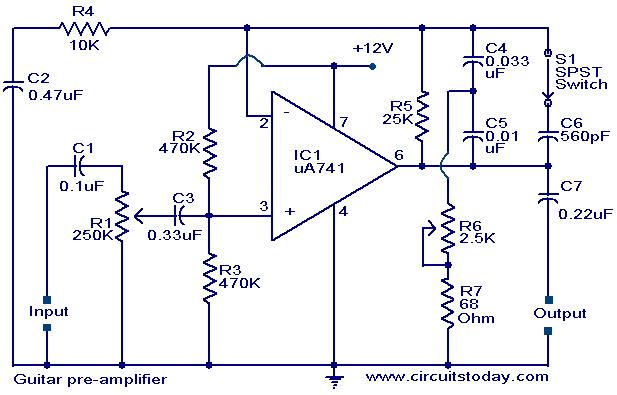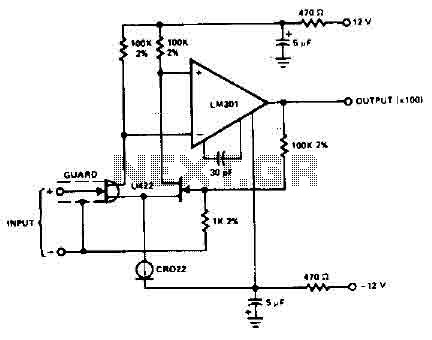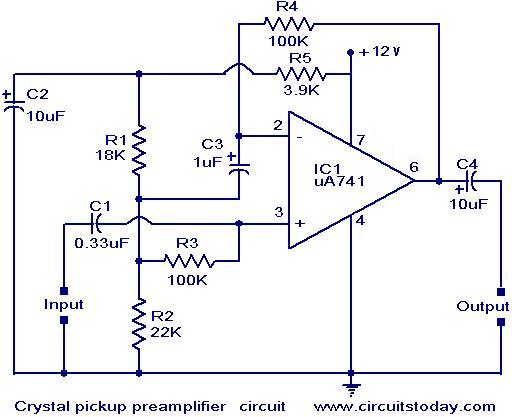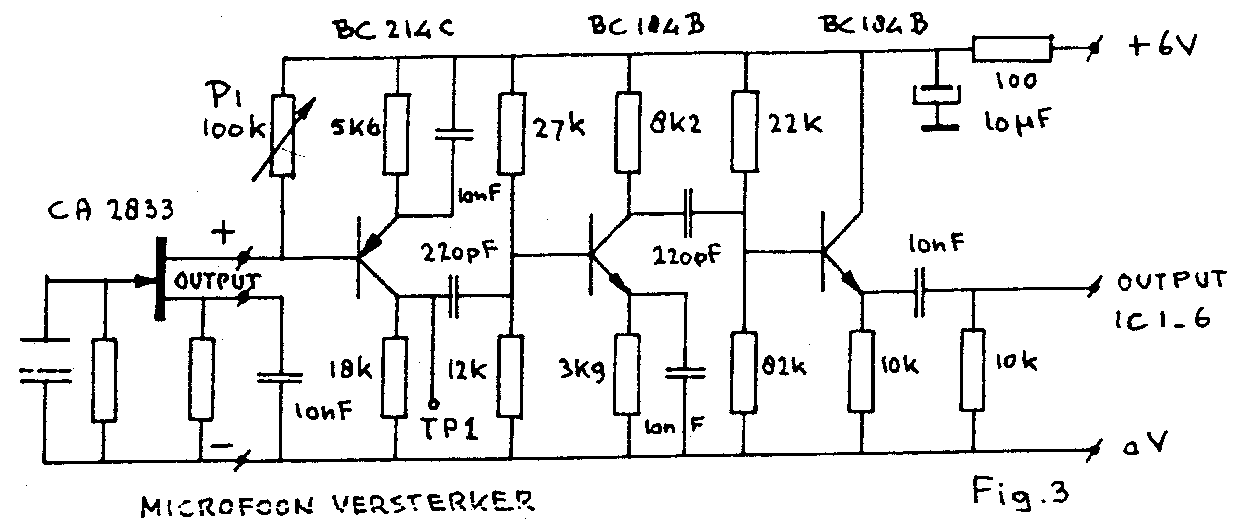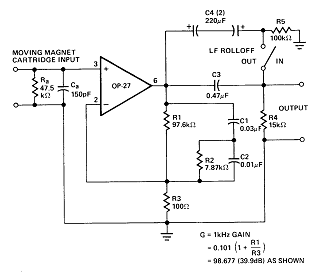
Vinyl Pre-Amplifier

Many designers assert that NFB loop controlled amplifiers are inferior because they degrade the sound. However, it's worth considering what these individuals believe they are actually listening to. The reality is that most vinyl waveforms and CD pits, as part of their own disc collections, have already been mastered through a variety of NFB loop controlled pre-amplifier and mixer stages. This happens long before anyone starts listening. In fact, the Mullard-developed TDA1034NB integrated circuit, which initially cost half of £67 for ten, was later used by the hundred in what became a classic series of world-renowned Neve mixing consoles.
Negative Feedback (NFB) loop controlled amplifiers are a widely used technology in audio processing. The main function of NFB is to reduce distortion and increase the stability of the system. While some critics argue that it degrades the sound quality, it's important to understand that NFB has been a fundamental component in the mastering process of many audio formats, including vinyl and CDs. This means that the sound that listeners are used to, and often appreciate, is the result of NFB loop controlled amplification.
The TDA1034NB integrated circuit, developed by Mullard, is a prime example of a device that utilizes NFB loops. Initially priced at half of £67 for a set of ten, its affordability and efficiency led to its widespread use in the audio industry. Notably, it was incorporated by the hundreds into the design of the globally acclaimed Neve mixing consoles. These consoles, renowned for their superior sound quality and reliability, have been used in many professional recording studios around the world.
In conclusion, while the debate on the sound quality produced by NFB loop controlled amplifiers continues, it's evident that this technology has played a significant role in shaping the audio industry. Furthermore, the success of devices like the TDA1034NB integrated circuit and Neve mixing consoles, which employ NFB loops, is a testament to the efficacy and reliability of this technology.Many designers opinionate that NFB loop controlled amplifiers are inferior because they degrade the sound, and yet I wonder what it is that these individuals think they actually listen to ? The fact is that most vinyl waveforms and CD pits, as pressed into their own disc collections, have already been mastered through a myriad of NFB loop controlled pre-amplifier and mixer stages - this long before anyone can start listening.
Indeed, that Mullard developed TDA1034NB integrated circuit which initially cost me ½`£67 for ten, went on to be used by the hundred within what became a classic series of world famous Neve mixing consoles. 🔗 External reference
Negative Feedback (NFB) loop controlled amplifiers are a widely used technology in audio processing. The main function of NFB is to reduce distortion and increase the stability of the system. While some critics argue that it degrades the sound quality, it's important to understand that NFB has been a fundamental component in the mastering process of many audio formats, including vinyl and CDs. This means that the sound that listeners are used to, and often appreciate, is the result of NFB loop controlled amplification.
The TDA1034NB integrated circuit, developed by Mullard, is a prime example of a device that utilizes NFB loops. Initially priced at half of £67 for a set of ten, its affordability and efficiency led to its widespread use in the audio industry. Notably, it was incorporated by the hundreds into the design of the globally acclaimed Neve mixing consoles. These consoles, renowned for their superior sound quality and reliability, have been used in many professional recording studios around the world.
In conclusion, while the debate on the sound quality produced by NFB loop controlled amplifiers continues, it's evident that this technology has played a significant role in shaping the audio industry. Furthermore, the success of devices like the TDA1034NB integrated circuit and Neve mixing consoles, which employ NFB loops, is a testament to the efficacy and reliability of this technology.Many designers opinionate that NFB loop controlled amplifiers are inferior because they degrade the sound, and yet I wonder what it is that these individuals think they actually listen to ? The fact is that most vinyl waveforms and CD pits, as pressed into their own disc collections, have already been mastered through a myriad of NFB loop controlled pre-amplifier and mixer stages - this long before anyone can start listening.
Indeed, that Mullard developed TDA1034NB integrated circuit which initially cost me ½`£67 for ten, went on to be used by the hundred within what became a classic series of world famous Neve mixing consoles. 🔗 External reference
